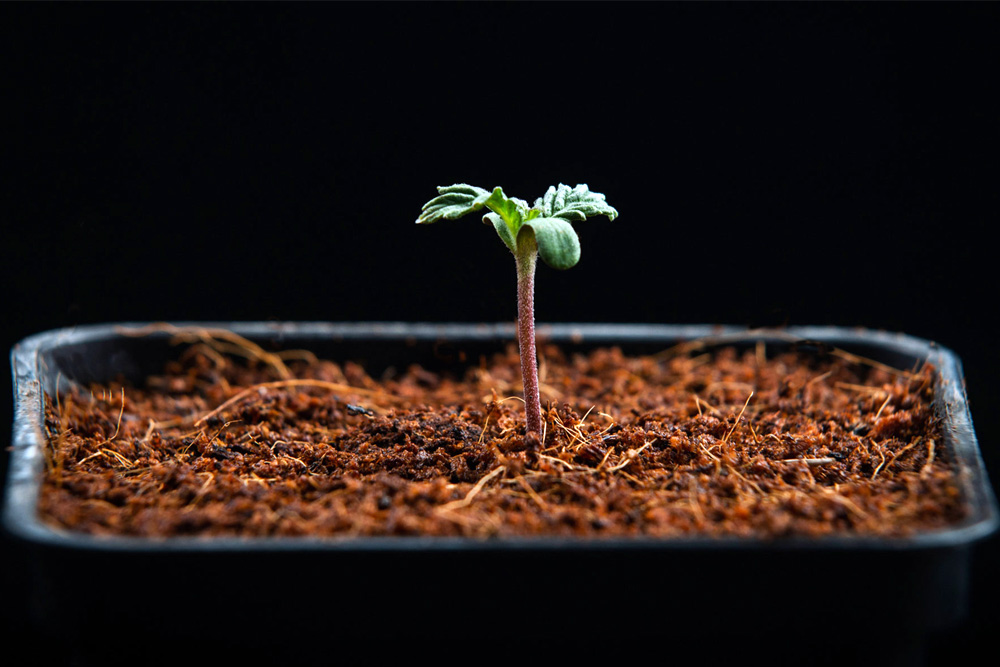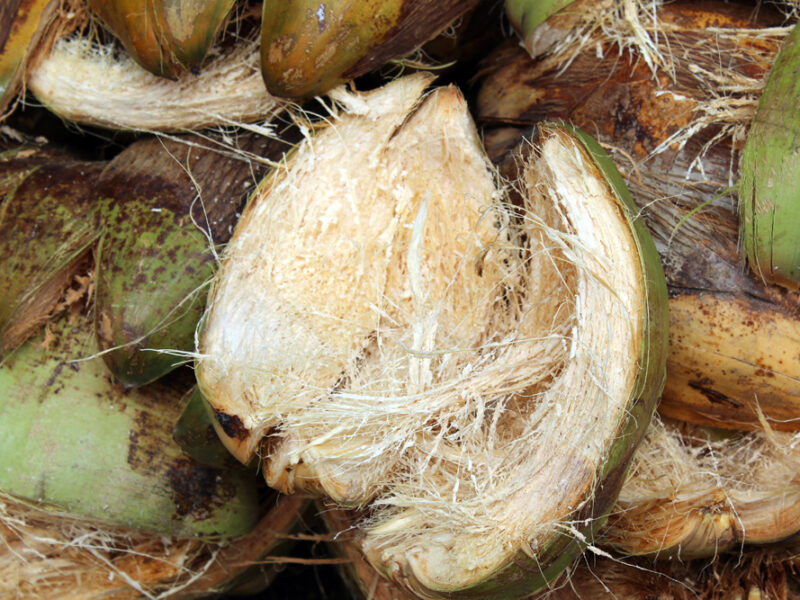The first greenhouses of any size started to appear in the 19th Century (eg Crystal Palace) in 1850, and this was followed by by the development of greenhouses for the production of exotic and out-of-season fruits and vegetables by the rich and famout in their walled gardens of their stately homes. Most head gardeners kept their growing methods secret, and this included particularly the media in which the plants were grown. In the 1930’s the John Innes Research England in UK began a series of studies to develop a standardized and reliable growing media, which resulted in the loam (soil) based John Innes seedling and potting composts (media) and these were followed in the 1959’s by the University of California (UC) soilless mixes, in which soil was replaced by peat, redwood sawdust and sand. Of course there is a wide range of other materials than can be used, but standardisation is the key, as this provides for repeatability.
At about the same time the “science” of hydroponics began to be introduced as a possible commercial production system. It has had a fairly long genesis, as intiitally it was used by Pan Am to provide fresh food at various Pacific Islands for it’s flying boats, then it became of interest in Japan to provide healthy fresh vegetables to the American forces after the war, because of concern from eating crops grown using human manure. In the 1960’s Dr Alan Cooper of England developed the Nutrient Film Technique (NFT), in which a dilute solution containing all the nutrients required for good plant growth flowed over the roots (in a very shallow film), and was then recirculated. At about the same time rock wool started to be used in a media based hydroponics. Rock wool is produced by producing a candy-floss like material from molten rock. This is normally used as an building insulation material, with water repellent (hydrophobic) characteristics, but a wate is added to make it water attractant (hydrophyllic) and thus suitable for hydroponics. Because it can be manufactured to reasonably accurate standards it is generally considered to be the gold standard growing medium for hydroponics. It does, however, have a number of major disadvantages, namely:
- it must be produced in a factory, which obviously requires considerable energy to melt the rock;
- it must then be transported to where it can be used in it’s final form, which is normally as ready to plant modules covered in polythene film. As the rock wool modules comprise 93% air space this is expensive air to freight round the world!
- There can be a disposal problem with the used modules unless there is a near-by factory able to melt the modules back into solid rock bricks.
There are numerous other solid rock like materials used in hydroponics, such as sand, gravel, volcanic rock, baked clay balls, etc, all of which suffer from weight problems, and eventually disposal difficulties.

Organic media
The standard organic media is peat, but it’s time has well passed. Global warming demands that we no longer mine peat, as it is too valuable to the world as a carbon sink, and it is only a question of time before it’s use is totally banned.
The over-riding advantage of organic media over a solid medium is that they can easily be disposed of after use, by simply incorporating it into the field soil, after use where it can improve the soil structure and overall fertility.
There are, of course many other sources of organic media, ranging from compost, to (pine) bark, wood chips, etc, but none of these appear to offer the advantages of coir, which includes long term stability, good aeration, good water and nutrient buffering, and no strong demand for nitrogen, because of an unbalanced carbon: nitrogen ratio, as is common with bark and wood chips.
In my next blog I will discuss coir, the growing medium of the future.
– Mike Nichols



